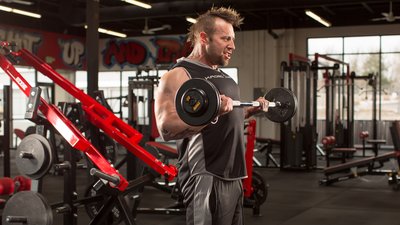Most lifters rotate around a core group of biceps exercises such as barbell curls, dumbbell curls, hammer curls, and cable curls. Want to mix things up? Just change the angles: Do preacher curls with your arms out front, or incline bench curls with your arms behind. You could even do lying-down cable curls, as I've been known to do.
These staples are adequate to build a workout around. But if you want to change things up and give your biceps a shock they haven't felt in a while, consider the underappreciated drag curl.
Even better, do it with this brutal dropset protocol. I can personally vouch for its effectiveness!
What Are Drag Curls?
Standard curls are performed with your elbows tight to your sides; the bar moves in a semicircular path. Drag curls are fundamentally different; you pull your elbows backward as you raise the weight. The move is straight up and down, very tight to your body.
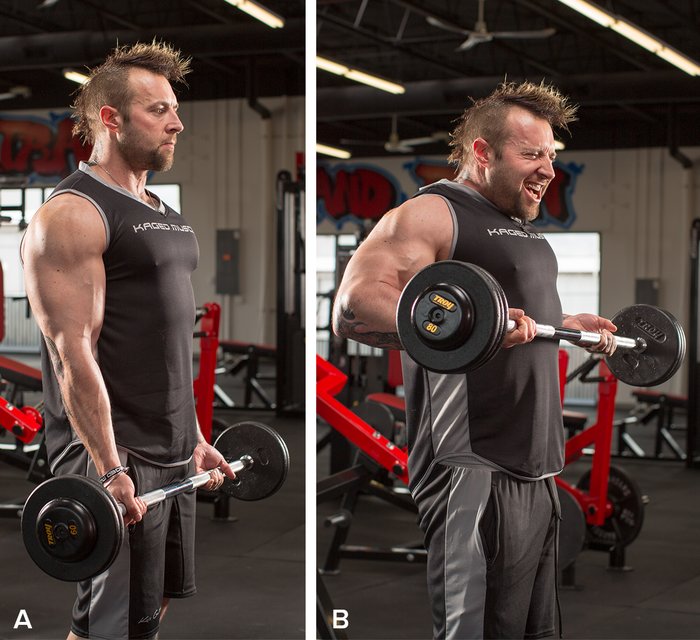
The range of motion is far shorter on a drag curl than a conventional curl, which is why I like to deliberately slow down the tempo when doing this variation. With the shortened ROM, you have a great opportunity to focus on the peak-contracted position during every rep, which is just about at the top of your upper abs.
Just about every biceps exercise has a degree of anterior-deltoid involvement. If you bring your elbows up to lift the weight higher, you're bringing in even more shoulder. The drag curl, though, cuts out nearly all shoulder involvement. With greater isolation comes a deeper muscle burn, exactly the kind of stimulus you're looking for.
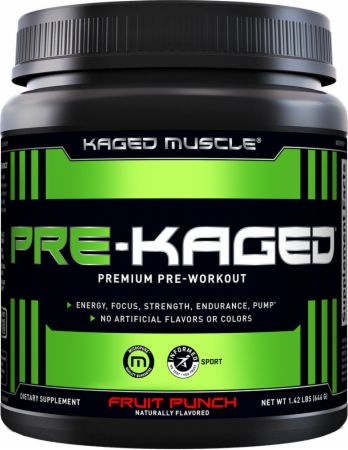
Drag-Curl Dropset Destruction
Anyone familiar with my approach to training knows an exercise alone isn't going to work its magic unless you intensify the effect. With drag curls, the ideal way to do that is by using the cable stack for a dropset marathon.
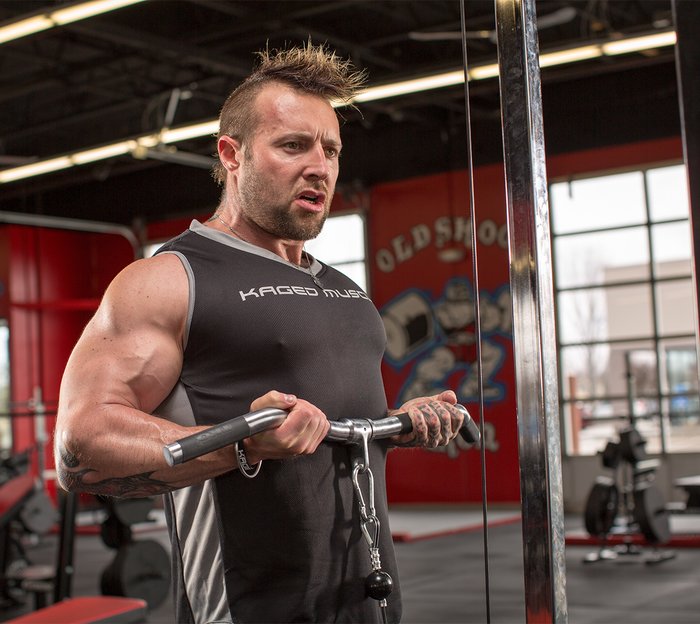
I find cables incredibly effective for two reasons. First, they allow constant tension on the biceps, whether you're in the start position or the peak-contracted position. Second, the angle of the cable affects how the muscle is engaged; instead of just fighting gravity, you're now instead forced to combat a line of pull that's not just coming from below, but also angled.
With cable drag curls, I like to go all out. I start with a weight I can do for 10-15 reps, then quickly reduce the load by about 25 percent and resume the set for another 10-15 reps. Sometimes I'll add yet another drop after that. Then, after a short 60-second break, I'll repeat the entire arm blast 2-3 more times. The demolition leaves the biceps primed for growth.
Kris Gethin's Drag-Curl Biceps Finisher
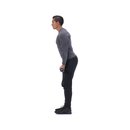
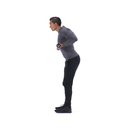

BodyFit
$6.99/month- 2,500+ expert-created single workouts
- 3,500+ how-to exercise videos
- Detailed workout instruction
- Step-by-step workout tips
- Training at gym or at home
- Access to Workout Plans
- Access to Bodyfit App
- Store Discounts
Already have a Bodybuilding.com account with BodyFit? Sign In

What comes with BodyFit?

- Instructional Videos
Don't risk doing a workout improperly! Avoid injury and keep your form in check with in-depth instructional videos.

- How-to Images
View our enormous library of workout photos and see exactly how each exercise should be done before you give it a shot.

- Step-by-Step Instructions
Quickly read through our step-by-step directions to ensure you're doing each workout correctly the first time, every time.
This kind of blast is best left for the end of your biceps training, because afterward, you'll have nothing left in the tank. As the pump generates and the biceps swell, I make sure I concentrate even harder to crush each rep with precision. For me, the drag curl is more about focus than sheer load, making it the perfect choice for moderate-to-high-rep sets or dropsets.

To make this exercise even more effective, here are a pair of tips worth trying:
- To increase tension in the cable in the start position, stand on an exercise step. Once you lose tension because the cable stack touches between reps, you decrease the effectiveness of the movement. The step allows you to increase the ROM without losing tension.
- Try it using a Smith machine, which provides a different feel and locks the bar in a straight up-and-down plane.
Give this approach a try, and see if it doesn't make you wonder if you've been unjustly ignoring the drag curl!


